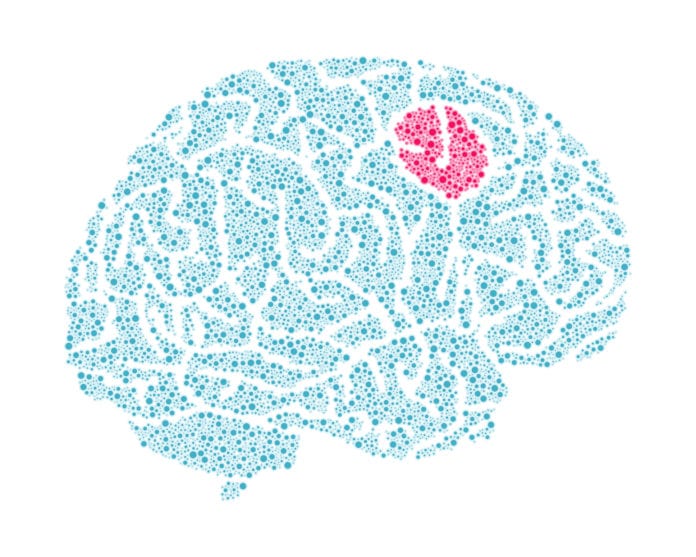Severe traumatic brain injuries affect people of all ages and are a leading cause of death and disability among young adults and adolescents. According to the Centers for Disease Control and Prevention, traumatic brain injuries were involved in 2.5 million emergency room visits, as well as the death of nearly 50,000 people in 2013. Motor vehicle accidents account for the majority of these injuries, but they can also result from falls and violence. Regardless of the cause, treatment is divided into three stages: early management of life-threatening conditions, prevention of secondary injury and long-term rehabilitation.
Early Management of Life-Threatening Conditions
Immediately after a trauma, paramedics identify injuries and begin treatments to stabilize a patient’s breathing and blood pressure. The patient is then rapidly transported to a trauma center that quickly diagnoses and begins treating a wide variety of injuries. Shortly after the patient arrives in the emergency room, a CT scan of the brain is obtained to identify life-threatening blood clots within the skull. A fracture of the skull or a torn artery can cause bleeding on top of the covering of the brain known as an epidural hematoma. Epidural hematomas are often emergencies requiring immediate surgery to remove the blood clot and stop the bleeding. Similarly, bleeding can occur underneath the covering of the brain and lay directly on top of the brain itself, which is referred to as a subdural hematoma. Subdural hematomas can occasionally resolve without surgery; however, many are large and require surgical removal. Surgery to remove blood from inside the skull is an emergency, with untreated patients suffering permanent disability or death.
Prevention of Secondary Injury
Once the life-threatening injuries have been treated and the patient has stabilized, doctors then focus on preventing “secondary” brain injuries. Just like your arm, when the brain is injured it can form a bruise and swell. If swelling becomes severe, pressure can build inside the skull and cause damage to the previously uninjured brain. It is often necessary to place a tube into the brain, called an external ventricular drain, to monitor the pressure inside the skull. This tube also drains spinal fluid to help decrease pressure. If the swelling continues to worsen despite this treatment, a decompressive hemicraniectomy may be necessary to temporarily remove a portion of the patient’s skull. This allows for the brain swelling to continue and not cause further damage to the normal, healthy brain. This stage can persist for over a week.
Long-Term Rehabilitation
As swelling begins to recede and injuries to other parts of the body are treated, the focus shifts towards maximizing a patient’s long-term recovery. This often requires a prolonged period of inpatient rehabilitation with vigorous physical and cognitive exercise, as well as a slow and frustrating process lasting for months.
The most important aspect of caring for patients with traumatic brain injuries is having an experienced and cohesive team capable of delivering rapid, high-quality care during all phases of a patient’s recovery. The first few hours and days can be stressful for families and loved ones as the patient’s condition changes rapidly while the later stages require patience as the progress is slow. It is important to ask questions of your doctors to understand the current goals of therapy. Taking notes and writing down questions can be helpful, particularly early on as you will meet many doctors and nurses with different roles. Many patients, especially young adults often affected by severe traumatic brain injuries can make remarkable recoveries with aggressive treatment.
Emory Rehabilitation for Brain Injuries
At Emory, we understand the complicated needs of patients during this recovery process and have a dedicated group of physicians and therapists focusing exclusively on rehabilitation following a severe brain injury. To learn more information about Emory rehabilitation services, visit www.emoryhealthcare.org/rehab.
About Dr. Deibert
Christopher Deibert, MD, is an assistant professor of Neurosurgery at the Emory University School of Medicine. His specialty interests include malignant and benign brain tumors, high and low-grade glioma, metastatic brain cancer, trigeminal neuralgia, hemifacial spasm, traumatic brain injury, acoustic neuroma, carpal tunnel, normal pressure hydrocephalus, Chiari malformation, idiopathic intracranial hypertension, spinal stenosis and degenerative disc disease.
Dr. Deibert’s research interests focus on neurocognitive outcomes in patients with brain tumors, functional applications of radiosurgery and clinical applications of fiber tractography/diffusion-tensor imaging. Dr. Deibert completed his neurosurgical residency at the University of Pittsburgh Medical Center, where he also received his medical doctorate.



